-
-
products
-
resources
-
support
-
company
-
How to make a monitor work with your laptop
By Steve Horton January 24, 2014laptop, monitor, pc1 CommentSo you’d like to add an external monitor to your laptop — perhaps as a second screen, or a replacement screen. Perhaps your laptop lives on your desktop and isn’t all that mobile, and you’d like more screen real estate.
Luckily, Windows has made it really easy to connect an LCD monitor to your existing laptop. All you need is the monitor, the laptop, and a cable to connect them. What kind of cable? Good question.
Find the Laptop’s Video Out
Look on the side of your laptop for a specific port. Most laptops only come with one. Which port does it look like?
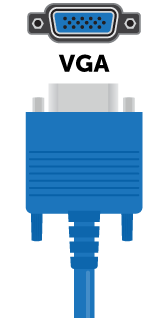
VGA is common on many newer and older laptops, especially business-oriented ones.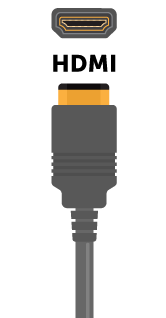
HDMI is standard on laptops made in the last several years, but it’s not on all of them.(Note that you may also see DisplayPort or Thunderbolt ports on Mac laptops.)
Find the Monitor’s Video In
Now, look on the back of your shiny new monitor. You’re looking for a matching port. If you see one, great! You just need a cable where both ends are the same. If you, instead, only see this port:
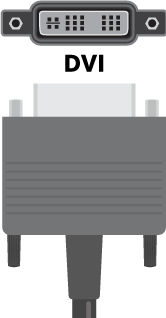
DVI is functionally similar to HDMI, without the sound part.…then you’ll need either a cable that has DVI on one end, and VGA/HDMI on the other end, or a device that converts one end of the cable to DVI — this device is called a dongle.
Connect the Cable
Once you’ve figured out what cable you need, plug one end into your laptop and the other end into your monitor. Make sure the monitor is plugged in, and turn on both the laptop and monitor.
Set Up your Monitor
After awhile, you’ll see Windows appear on the big screen. But it might not look right. That’s because you need to adjust some settings to get the correct resolution out of your monitor, when it’s connected to a laptop.
- Click Start (Windows Key + X on Windows 8 and Windows 8.1)
- Click Control Panel
- Click Display
- Click Adjust Resolution
- Under Multiple Displays, select Show Desktop Only On 2.
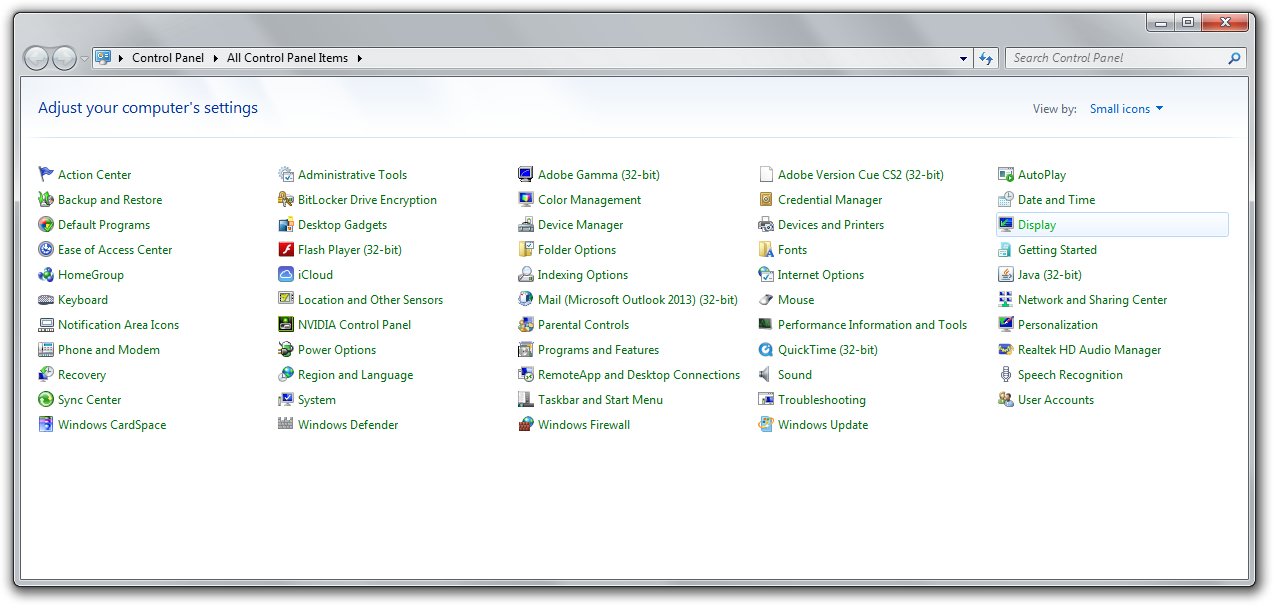
Click Display in the Control Panel.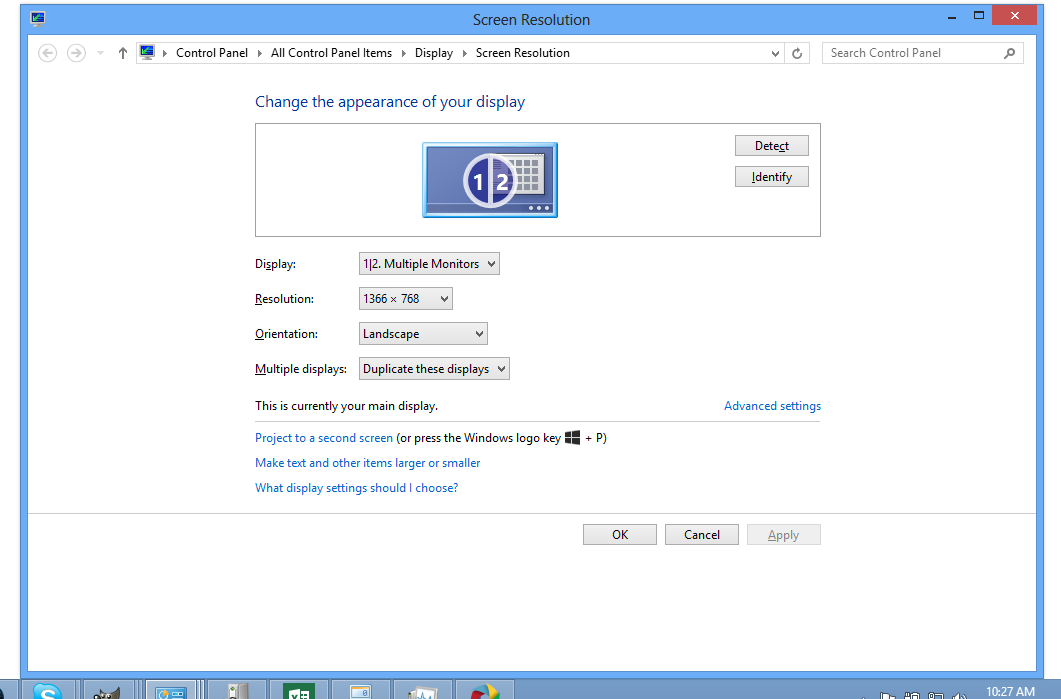
Under Multiple Displays, select Show Desktop Only on 2.This will automatically increase your PC’s resolution to look the best on your monitor. Now, if you want to use both the monitor and the laptop’s screen at the same time, select Extend These Displays instead. Your monitor’s resolution will be lowered to match your laptop’s, but you’ll have the benefit of two screens.
Have fun with your new laptop / monitor combo!
Was this post helpful?YesNoFree Driver Updates
Update your drivers in less than 2 minutes to enjoy better PC performance - Free.
Free Driver Updates
Update your drivers in less than 2 minutes to enjoy better
PC performance - Free.
Didn't find your answer?Ask a question to our community of experts from around the world and receive an answer in no time at all.most relevant recent articles Pin It on Pinterest